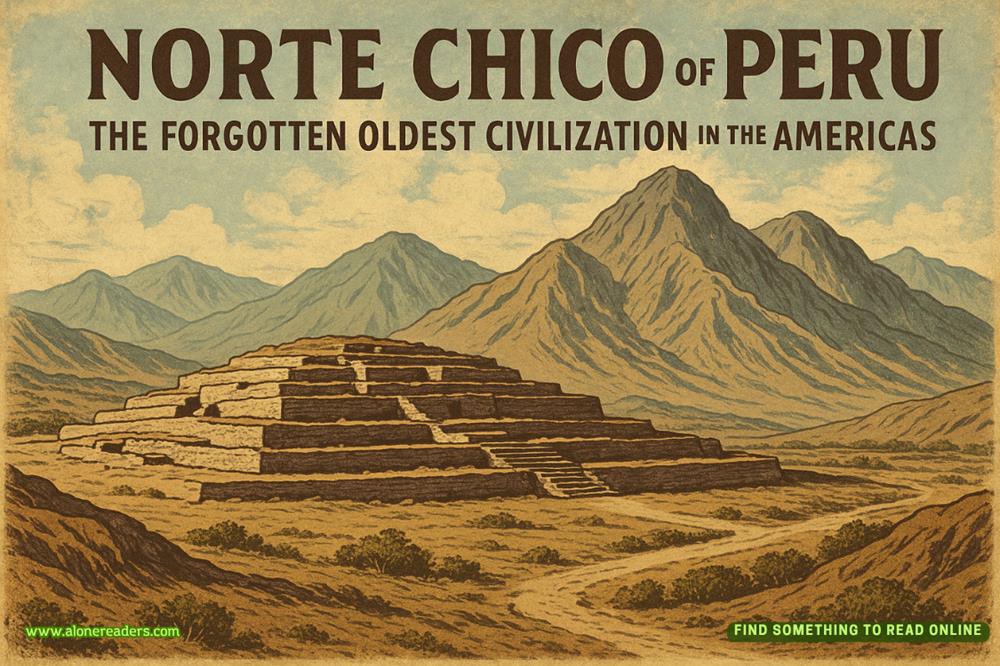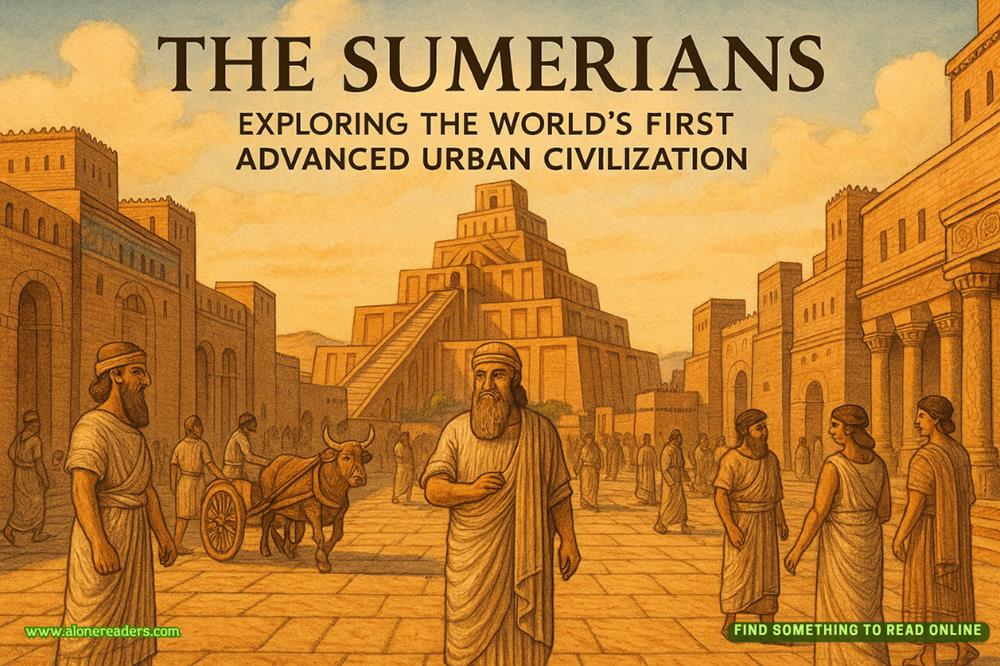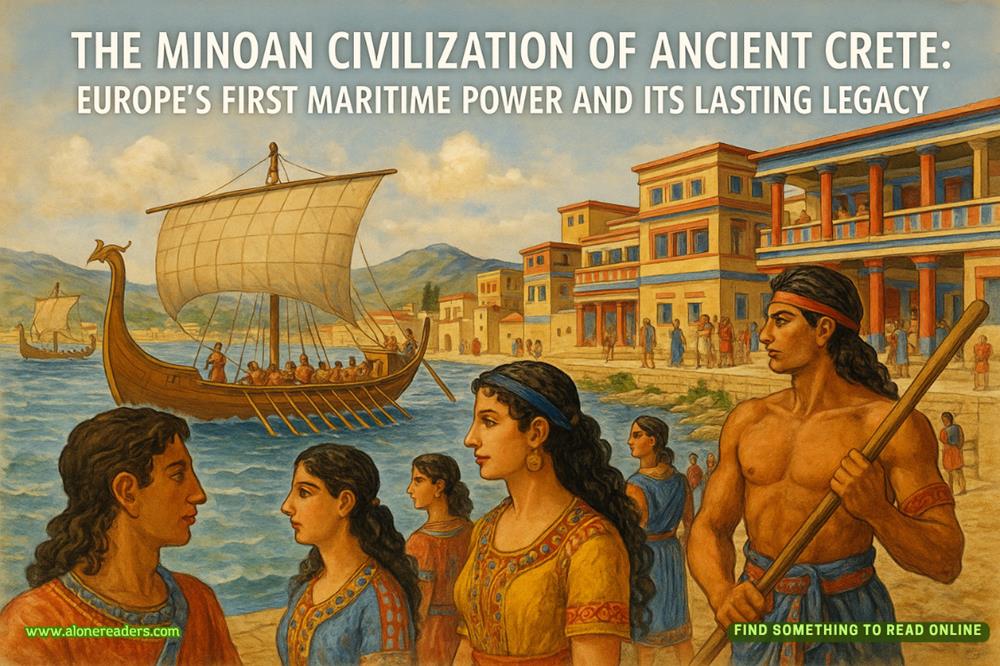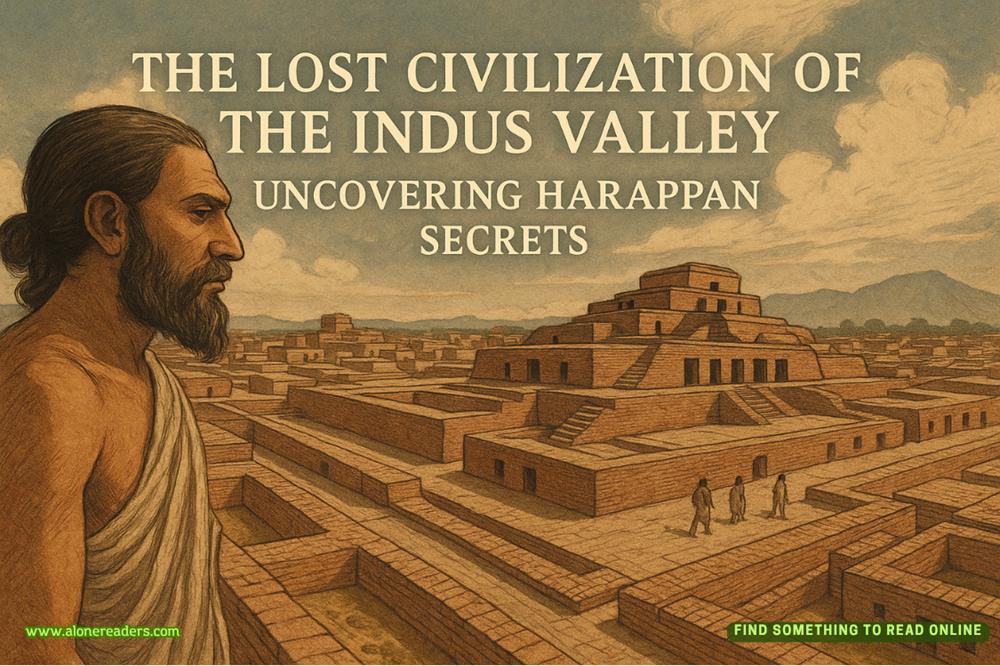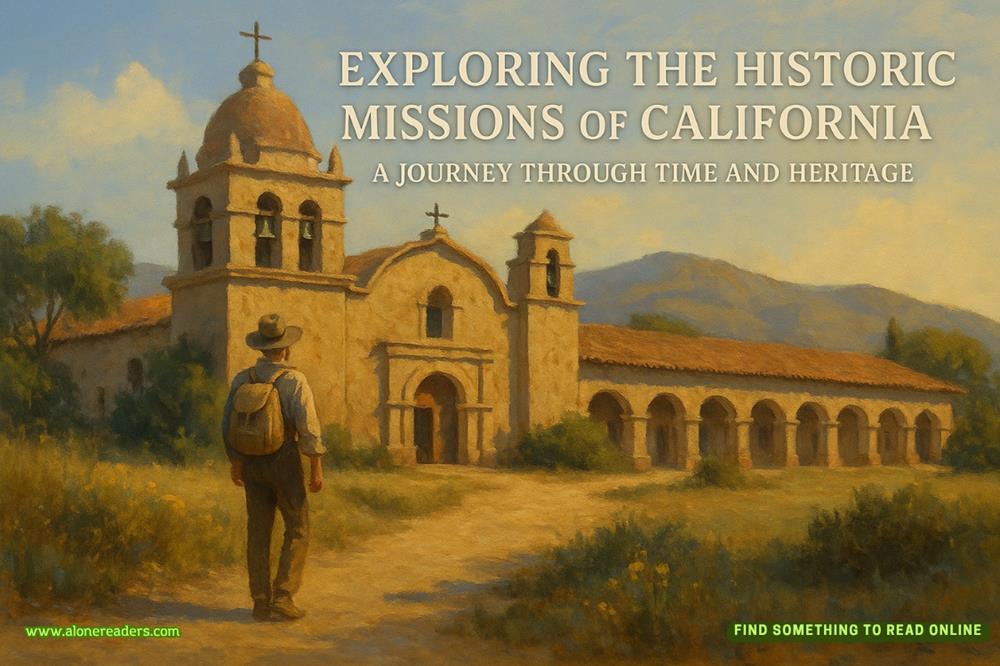Page 17 of The Melancholy of Mechagirl
And she put her hands over her stomach, the small, dark, empty space beneath her skin where a part of him used to be, and she didn’t want to be pregnant anymore, but her breasts hurt all the same, as if she was nursing, all over again, a reality where no one had anyone’s nose and the delicate photosynthetic wings of Xm, the eater of love, quivered in a bliss-storm of superheated hydrogen, and Dionysus was never born so the world lived without wine.
V.
In the beginning there was only darkness. The darkness squeezed itself down until it became a thin protoplanetary disk, yellow on one side and white on the other, and inside the accretion zone sat a small man no larger than a frog, his beard flapping in the solar winds. This man was called Kuterastan, the One Who Lives Above the Super-Dense Protostar. He rubbed the metal-rich dust from his eyes and peered above him into the collapsing nebular darkness. He looked east along the galactic axis, toward the cosmogenesis event horizon, and saw the young sun, its faint light tinged with the yellow of dawn. He looked west along the axis, toward the heat-death of the universe, and saw the dim amber-colored light of dissipating thermodynamic energy. As he gazed, debris clouds formed in different colors. Once more, Kuterastan rubbed the boiling helium from his eyes and wiped the hydrogen sweat from his brow. He flung the sweat from his body and another cloud appeared, blue with oxygen and possibility, and a tiny little girl stood on it: Stenatliha, the Woman Without Parents. Each was puzzled as to where the other had come from, and each considered the problems of unification theory after their own fashion. After some time, Kuterastan again rubbed his eyes and face, and from his body flung stellar radiation into the dust and darkness. First the Sun appeared, and then Pollen Boy, a twin-tailed comet rough and heavy with microorganisms. The four sat a long time in silence on a single photoevaporation cloud. Finally Kuterastan broke the silence and said: What shall we do?
And a slow inward-turning Poynting-Robertson spiral began.
First Kuterastan made Nacholecho, the Tarantula of Newly Acquired Critical Mass. He followed by making the Big Dipper, and then Wind, Lightning and Thunder, Magnetospheres, and Hydrostatic Equilibrium, and gave to each of them their characteristic tasks. With the ammonia-saturated sweat of the Sun, Pollen Boy, himself, and the Woman Without Parents, Kuterastan made between his palms a small brown ferrosilicate blastocyst no bigger than a bean. The four of them kicked the little ball until it cleared its orbital neighborhood of planetesimals. Then the solar wind blew into the ball and inflated its magnetic field. Tarantula spun out a long black gravitational cord and stretched it across the sky. Tarantula also attached blue gravity wells, yellow approach vectors and white spin foam to the ferrosilicate ball, pulling one far to the south, another west, and the last to the north. When Tarantula was finished, the earth existed and became a smooth brown expanse of Precambrian plain. Stochastic processes tilted at each corner to hold the earth in place. And at this Kuterastan sang a repeating song of nutation: The world is now made and its light cone will travel forever at a constant rate.
VI.
Once, someone asked where the science fiction writer got her ideas. This is what she said:
Sometimes I feel that the part of me that is a science fiction writer is traveling at a different speed than the rest of me. That everything I write is always already written, and that the science fiction writer is sending messages back to me in semaphore, at the speed of my own typing, which is a retroactively constant rate: I cannot type faster than I have already typed. When I type a sentence, or a paragraph, or a page, or a chapter, I am also editing it and copyediting it, and reading it in its first edition, and reading it out loud to a room full of people, or a room with only one or two people in it, depending on terrifying quantum-publishing intersections that the science fiction writer understands but I know nothing about. I am writing the word or the sentence or the chapter and I am also sitting at a nice table with a half-eaten slab of salmon with lime-cream sauce and a potato on it, waiting to hear if I have won an award, and also at the same time sitting in my kitchen knowing that the book was a failure and will neither win any award nor sit beloved on anyone’s nightstand. I am reading a good review. I am reading a bad review. I am just thinking of the barest seed of an idea for the book that is getting the good review and the bad review. I am writing the word and the word is already published and the word is already out of print. Everything is always happening all at once, in the present tense, forever, the beginning and the end and the denouement and the remaindering.
At the end of the remaindered universe which is my own death, the science fiction writer that is me and will be me and was always me and was never me and cannot even remember me waves her red and gold wigwag flags backward, endlessly, toward my hands that type these words, now, to you, who want to know about ideas and conflict and revision and how a character begins as one thing and ends as another.
VII.
Coatlicue, Mother of All, wore a skirt of oligomer snakes. She decorated herself with protobiont bodies and danced in the sulfurous pre-oxygenation event paradise. She was utterly whole, without striations or cracks in her geologic record, a compressed totality of possible futures. The centrifugal obsidian knife of heaven broke free from its orbit around a Lagrange point and lacerated Coatlicue’s hands, causing her to give birth to the great impact event which came to be called Coyolxauhqui, the moon, and to several male versions of herself, who became the stars.
One day, as Coatlicue swept the temple of suppressed methane oxidation, a ball of plasmoid magnetic feathers fell from the heavens onto her bosom and made her pregnant with oxygen-processing organisms. She gave birth to Quetzalcoatl, who was a plume of electrical discharge, and Xolotl, who was the evening star called apoptosis. Her children, the moon and stars, were threatened by impending oxy-photosynthesis and resolved to kill their mother. When they fell upon her, Coatlicue’s body erupted in the fires of glycolysis, which they called Huitzilopochtli. The fiery god tore the moon apart from her mother, throwing her iron-depleted head into the sky and her body into a deep gorge in a mountain, where it lies dismembered forever in hydrothermal vents, swarmed with extremophiles.
Thus began the late heavy bombardment period, when the heavens crumbled to pieces and rained down in a shower of exogenesis.
But Coatlicue floated in the anaerobic abyss, with her many chemoheterotrophic mouths slavering, and Quetzalcoatl saw that whatever they created was eaten and destroyed by her. He changed into two serpents, archaean and eukaryotic, and descended into the phospholipid water. One serpent seized Coatlicue’s arms while the other seized her legs, and before she could resist they tore her apart. Her head and shoulders became the oxygen-processing earth and the lower part of her body the sky.
From the hair of Coatlicue the remaining gods created trees, grass, flowers, biological monomers, and nucleotide strands. From her eyes they made caves, fountains, wells, and homogenized marine sulfur pools. They pulled rivers from her mouth, hills and valleys from her nose, and from her shoulders they made oxidized minerals, methanogens, and all the mountains of the world.
Still, the dead are unhappy. The world was set in motion, but Coatlicue could be heard weeping at night and would not allow the earth to give food nor the heavens to give light while she alone languished in the miasma of her waste energy.
And so to sate the ever-starving entropic universe, we must feed it human hearts.
VIII.
It is true that the science fiction writer fell into wet concrete when she was very small. No one had put up a sign saying: Danger. No one had marked it in any way. And so she was very surprised when, on the way to class, she took one saf
e step, and then a step she could not know was unsafe, whereupon the earth swallowed her up. The science fiction writer, who was not a writer yet but only a child eager to be the tail of the dragon in her school Chinese New Year assembly, screamed and screamed.
For a long while no one came to get her. She sank deeper and deeper into the concrete, for she was not a very big child, and soon it was up to her chest. She began to cry. What if I never get out? she thought. What if the street hardens and I have to stay here forever and eat meals here and read books here and sleep here under the moon at night? Would people come and pay a dollar to look at me? Will the rest of me turn to stone?
The child science fiction writer thinks like this. It is the main reason she has few friends.
She stayed in the ground for no more than a quarter of an hour—but in her memory it was all day, hours upon hours, and her father didn’t come until it was dark. Memory is like that. It alters itself so that girls are always trapped under the earth, waiting in the dark.
But her father did come to get her. A teacher saw the science fiction writer half buried in the road from an upper window of the school and called home. She remembers it like a movie—her father hooking his big hands under her arms and pulling, the sucking, popping sound of the earth giving her up, the grey streaks on her legs as he carried her to the car, grey as a dead thing dragged back up from the world beneath.
The process of a child with green eyes becoming a science fiction writer is made of a number (p) of these kinds of events, one on top of the other, like layers of cellophane, clear and clinging and torn.
IX.
In the golden pre-loop theory fields, Persephone danced, who was innocent of all gravitational law. A white crocus bloomed up from the observer plain, a pure cone of the causal future, and Persephone was captivated by it. As she reached down to pluck the p-brane flower, an intrusion of non-baryonic matter surged up from the depths and exerted his gravitational force upon her. Crying out, Persephone fell down into a singularity and vanished. Her mother, priestess of normal mass, grieved and quaked, and bade the lord of dark matter return her daughter who was light to the multiverse.
Persephone did not love the non-baryonic universe. No matter how many rich axion-gifts he lay before her, Hades, King of Bent Waves, could not make her behave normally. Finally, in despair, he called on the vector boson called Hermes to pass between branes and take the wave /particle maiden away from him, back to the Friedmann-Lemaître-Robertson-Walker universe. Hermes breached the matter/antimatter boundary and found Persephone hiding herself in the chromodynamic garden, her mouth red with the juice of hadron-pomegranates. She had eaten six seeds and called them Up, Down, Charm, Strange, Top, and Bottom. At this, Hades laughed the laugh of unbroken supersymmetries. He said: She travels at a constant rate of speed and privileges no observer. She is not mine, but she is not yours. And in the end, there is nothing in creation which does not move.
And so it was determined that the baryonic universe would love and keep her child, but that the dark fluid of the other planes would bend her slightly, always, pulling her inexorably and invisibly toward the other side of everything.
X.
